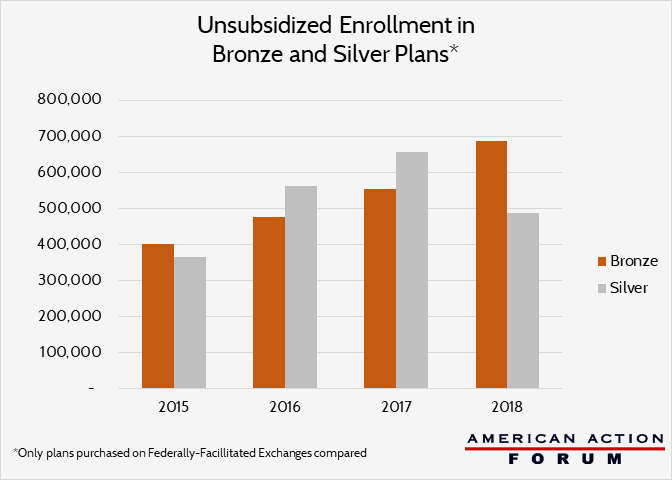Weekly Checkup
April 6, 2018
The Cost and Value of Medical Innovation
One of the rare instances of agreement between Hillary Clinton and Donald Trump during the 2016 presidential campaign was a shared concern about increasing drug costs. While politicians often talk a lot about the cost of prescription drugs, they sometimes miss three important points.
First, historically, drug spending periodically spikes as novel treatments come to market and then balances out over time as competition comes online. For example, the slowdown in the rate of growth for prescription drug expenditures from 2015 to 2016 indicates that at least part of the recent spike can be attributed to a handful of innovative high-cost treatments—such as the Hepatis C drug Sovaldi—that came to market in the first half of this decade but have since faced growing competition from alternatives. An excellent resource in understanding this and many other complexities of the prescription drug ecosystem and its historical context is this AAF primer from a couple years back.
Second, the focus on cost too often misses important questions about value. What is a particular treatment worth? Who decides? There aren’t obviously right or wrong answers to these questions, but we do need to be honest about the choices and the effects. We can spend less on drugs, that’s easy, but what are the implications for patient choice? Health outcomes? Research and development? The drug cost discussion is important, but it’s just one side of the coin.
Third, these questions of cost and value are much bigger than just prescription drugs. We would do well to step back and tackle the more comprehensive challenge: how we pay for medical innovation, broadly construed. Advancements in everything from imaging and surgical procedures to medical devices and, yes, prescription medications will continue to strain our public and personal pocketbooks. There are no silver-bullet policies here. The Affordable Care Act sought to bend the health care cost curve, but it had little success, and the challenge remains.
Ultimately, every policy change aimed at addressing the cost of health care will have tradeoffs. The debate we need is on the underlying value proposition of the medical innovation we’re paying for.
Chart Review
Jonathan Keisling, Health Care Policy Analyst
As a result of the loss of CSR payments to insurers for the 2018 plan year, high Silver plan premiums pushed many subsidy-ineligible consumers into Bronze plans. In 2018 over 200,000 more unsubsidized enrollees purchased Bronze plans than Silver—a distinct shift from recent years.
Worth a Look
USA Today: Ohio pharmacists must reveal cheaper drug options after ‘gag order’ removed
CNN Money: California takes on health care giant over high costs











